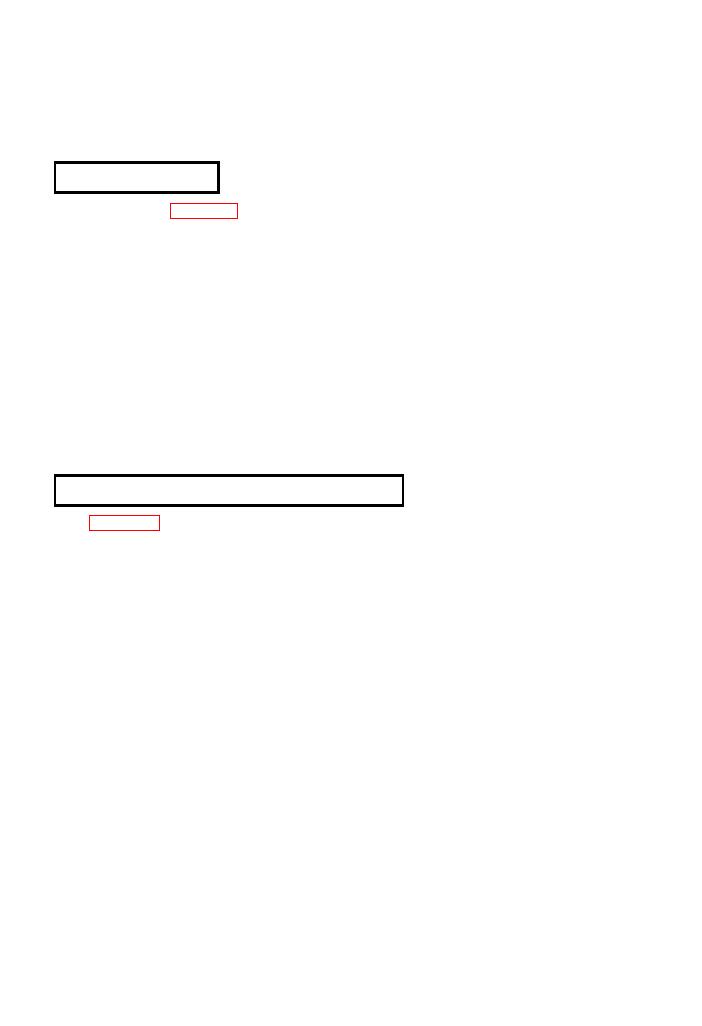
TM 9-2320-387-10
Section II. TROUBLESHOOTING
3-5. GENERAL
Troubleshooting, table 3-1, contains instructions that will help the operator identify
and correct simple vehicle malfunctions. The table also helps the operator identify
major mechanical difficulties that must be referred to unit maintenance. The listing
of possible malfunctions come under major vehicle headings. They are:
Engine
Heating system
Transmission
Transfer case
Brakes
Wheels and tires
Steering
Winch
Up-armored carrier
3-6. TROUBLESHOOTING PROCEDURES
operation or maintenance of the vehicles or their components. You should perform
the tests/inspections and corrective actions in the order listed.
b. This manual cannot list all malfunctions that may occur, nor all tests or
inspections and corrective actions. If a malfunction is not listed or is not corrected
by listed actions, notify your supervisor.
NOTE
Hydrostatic lock is caused by the entry of substantial amounts of
water into the engine through the air intake system and
subsequent contamination of the fuel system. Hydrostatic lock most
frequently occurs during or just after fording. Water is forced into
the air intake system, is drawn into the engine, and effectively
locks up the engine.
Notify unit maintenance if you suspect hydrostatic lock and they
will test the engine.

